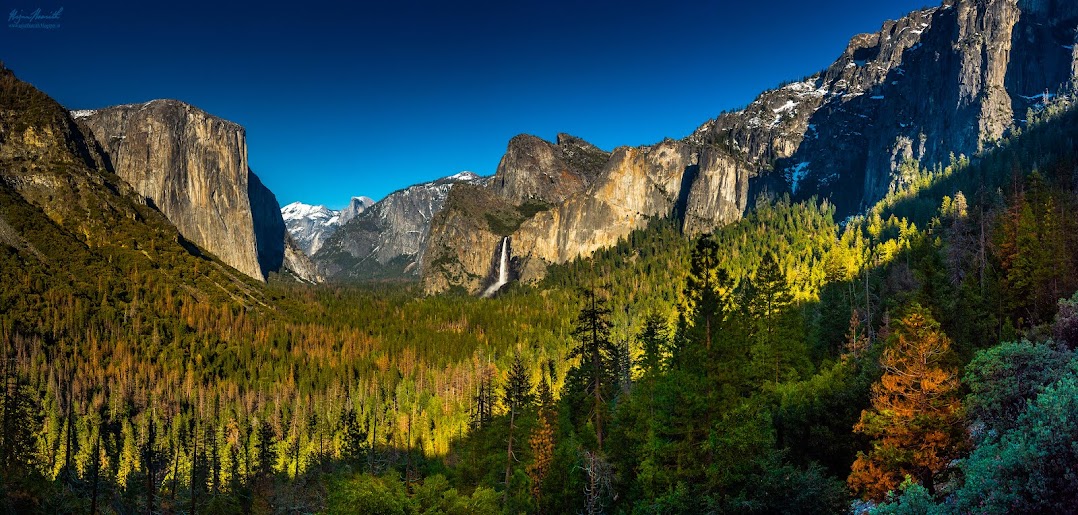Photographing birds at nest with chicks or eggs besides them is a very challenging and a delicate task. You have to be very careful about the surroundings and leave no clue to the predators about the nest. If at all you have any doubt about the impact of your presences near the nest, leave them alone and move away from the nest site.
Always it is better to follow the rules of nature, while interacting with birds or animals.
1. Do not wear bright colored dresses, as it is a sign of distraction to animals and birds.
2. It is better to wear dull colored dresses when you venture out in the wild. Colors like bottle green, and many shades of green that blends with the environment is a perfect choice.
3.Do not make any sound in the wilderness.
Code of Conduct for Photographing Birds
-------------------------------------------------------------------------------------------------------------------------------------------------------------------------------------------- Last week , we (Goutham, Satish[chikappa] and Myself) had been to a place near Kanakapura. There we could see, a Red whiskered Bulbul . This was along the roadside itsellf, and with deep observation we could spot the nest. The nest contained 3 chicks. Those chicks were very cute. The Red-whiskered Bulbul (Pycnonotus jocosus) is a passerine bird found in Asia. It is a member of the bulbul family. It is a resident frugivorefound mainly in tropical Asia. It has been introduced in many tropical areas of the world where populations have established themselves. It feeds on fruits and small insects and they conspicuously perch on trees and their calls are a loud three or four note call. The distinctive crest and the red-vent and whiskers makes them easy to identify. They are very common in hill forests and urban gardens within its range. The Red-whiskered Bulbul was one of the many species originally described by Linnaeus in 1758 in his Systema Naturae. He placed it along with the shrikes under Lanius. Local names include Turaha pigli-pitta in Telugu, Sipahi bulbul in Bengali, and Phari-bulbul or Kanera bulbu in Hindi. SubspeciesThe populations found across their range show a range of plumage variations and some of these are recognized as subspecies:
The Red-whiskered Bulbul is about 20 centimetres (7.9 in) in length. It has brown upper-parts and whitish underparts with buff flanks and a dark spur running onto the breast at shoulder level. It has a tall pointed black crest, red face patch and thin black moustachial line. The tail is long and brown with white terminal feather tips, but the vent area is red. The loud and evocative call is a sharp kink-a-joo (also transcribed as pettigrew or kick-pettigrew or pleased to meet you) and the song is a scolding chatter. It is more often heard than seen, but will often perch conspicuously especially in the mornings when they call from the tops of trees. The life span is about 11 years. Hybrids have been noted in captivity with Pycnonotus cafer, Pycnonotus leucotis, Pycnonotus xanthopygos, Pycnonotus melanicterus andPycnonotus leucogenys and leucism has been recorded. Several avian malaria parasites have been described from the species Other types of Bulbuls in India: Pycnonotidae - Bulbuls, finchbills White-throated Bulbul (Alophoixus flaveolus) - local resident Ashy Bulbul (Hemixos flavala) - local resident Black Bulbul (Hypsipetes leucocephalus) - widespread resident Mountain Bulbul (Hypsipetes mcclellandii) - local resident Nicobar Bulbul (Hypsipetes nicobariensis) - local resident Yellow-browed Bulbul (Iole indica) - local resident Olive Bulbul (Iole virescens) - local resident Black-headed Bulbul (Pycnonotus atriceps) - local resident Red-vented Bulbul (Pycnonotus cafer) - widespread resident Flavescent Bulbul (Pycnonotus flavescens) - local resident Red-whiskered Bulbul (Pycnonotus jocosus) - widespread resident White-eared Bulbul (Pycnonotus leucotis) - widespread resident Himalayan Bulbul (Pycnonotus leucogenys) - local resident White-browed Bulbul (Pycnonotus luteolus) - widespread resident Black-crested Bulbul (Pycnonotus melanicterus) - widespread resident Grey-headed Bulbul (Pycnonotus priocephalus) - local resident Striated Bulbul (Pycnonotus striatus) - local resident Yellow-throated Bulbul (Pycnonotus xantholaemus) - widespread resident Crested Finchbill (Spizixos canifrons) - local resident |










